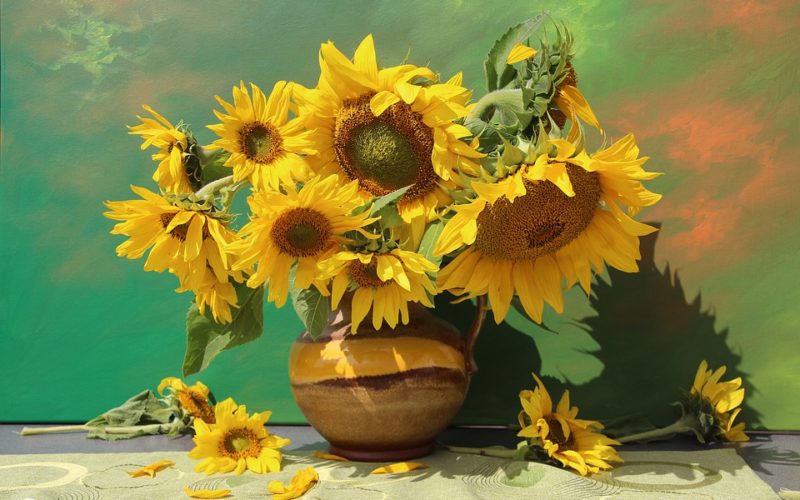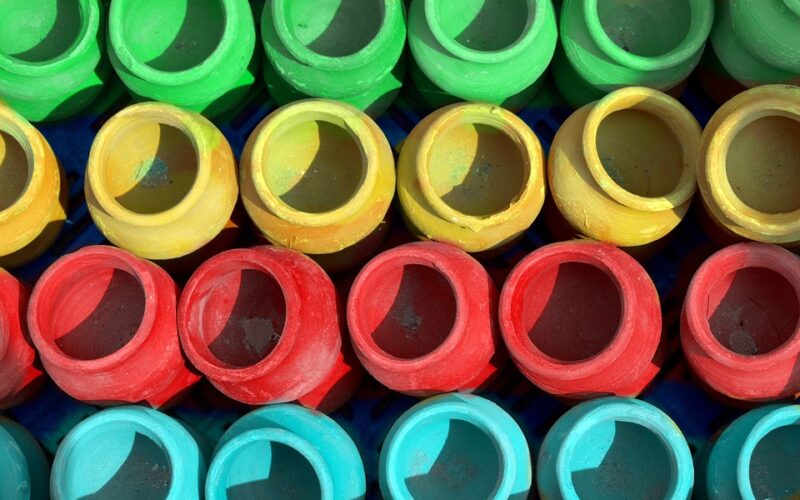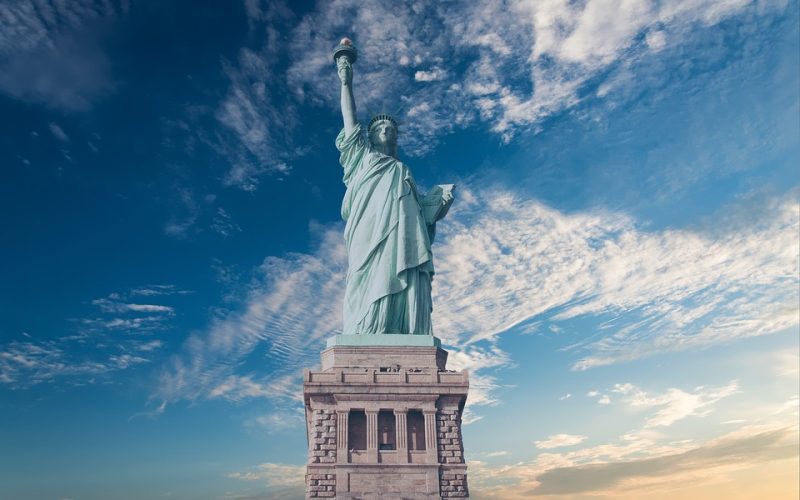Art has always been a source of inspiration for people around the world, both in traditional and modern contexts. Traditional art, such as paintings and sculptures from past eras, tell stories of the times and people that produced them and represent the cultural heritage that we cherish so much. These works of art are a testament to the human imagination and have a timeless appeal.
In contrast, modern art is often more experimental, pushing the boundaries of what we believe to be possible and forcing us to see the world in new ways. Modern artists use a variety of mediums, including digital technology and street art, to inspire us to think differently about our surroundings.
Both traditional and modern art have a unique ability to ignite the imagination and inspire creativity, making them an essential part of our cultural landscape.
Masterpieces of the past teach
Throughout history, classic paintings have served as a source of inspiration for artists and art enthusiasts alike.
These masterpieces of the past have shaped the way we view the world and have had a lasting impact on the art movements that followed them. Take, for example, the Mona Lisa, a portrait that is considered one of the most famous paintings in the world.
This masterpiece by Leonardo da Vinci embodies the softness and subtlety of the Renaissance era and continues to fascinate viewers to this day. Similarly, Vincent van Gogh's Starry Night has captivated people for decades with its swirling skies and bold colour palette. These works of art are not just beautiful to look at, but they are also educational.
By studying classic paintings, we can learn more about art history and different techniques that artists have used over time. In essence, masterpieces of the past teach us how to see and can inspire us to create new works that both honour the classics and push boundaries.
Street art
As cities grow and develop, so does the art that dots their streets. Graffiti, once considered merely a form of vandalism, has evolved into a true art form.
Street art now brings visual interest to any alleyway or building, transforming them from mundane structures into canvases for thought-provoking artwork. One of the most well-known street artists is Banksy, who uses his murals to make a statement about social issues, often at odds with mainstream beliefs.
Other street artists like Shepard Fairey and Swoon have likewise contributed to the renaissance of street art, using their work to shed light on important topics like homelessness and political corruption.
In short, street art has become an impactful form of expression that can bring beauty and enlightenment to even the most mundane urban landscapes.
Anyone can express themselves creatively
With the advent of the internet, diversity in modern art styles has become more accessible than ever before. The immense abundance of resources and tutorials on platforms such as YouTube and Instagram have made it easier for people of all ages to express themselves creatively.
Additionally, various digital mediums such as graphic design and digital art provide an entryway for those who may not be able to afford traditional tools or mediums. For those interested in trying out new mediums, there are several low-cost options readily available. These include experimenting with everyday objects as painting tools or investing in cheap disposable cameras for photography.
Ultimately, the range of creative expression is limitless, and anyone can explore new mediums and styles with a little research and experimentation.
Art above the clouds
Art above the clouds goes beyond the traditional canvas and paintbrush. As skydivers take the ultimate leap from the aircraft, they become living sculptures against the picturesque landscape below.
In a swirling dance, their bodies meld with the clouds, creating an awe-inspiring sight that few get the chance to witness. The artistry of skydiving is not limited to graceful landings, but in the aerial choreography set against the stunning canvas of the earth below.
For those daring enough to take the plunge, the sky becomes their own personal canvas, showcasing the beauty of art in its purest form.
Drone displays have revolutionised the art of drone light shows by painting vivid pictures and animations across night skies through coordinated flight.
These mesmerising drone shows are becoming increasingly popular around the world and are no longer just reserved for big events like the Olympics or New Year's Eve celebrations. Instead, they are now being used for artistic expression at music festivals, weddings, and corporate events.
With the ability to create dynamic and fluid movements, drone light shows truly push the boundaries of aerial art and leave audiences in awe. As technology companies like Drone Swarm continues to evolve, we can only imagine the incredible drone displays that will be created with these fascinating drone shows.
Art museums offer culture for all
Art museums are a crucial part of our cultural heritage, and initiatives to make galleries free are making it accessible to everyone. Bringing art to different neighbourhoods means that people who may not have had the opportunity to visit museums can now experience the joy of art.
Additionally, virtual tours offer an immersive experience, giving people the chance to explore collections from anywhere in the world. They have proven an essential tool, particularly in these challenging times where many people are unable to travel.
Art museums offer something for everyone and provide a valuable contribution to our cultural landscape.
New technologies open new possibilities
The world of art is transforming as new technologies emerge, providing artists with innovative tools and platforms to experiment with.
Digital art is one such frontier that is being integrated with projections and virtual reality (VR) to create immersive experiences for audiences. Emerging digital art forms such as augmented and mixed reality allow artists to engage with their audiences in new and exciting ways. With these technologies, artists can create interactive installations, immersive exhibitions and sensory experiences, expanding the realm of possibilities in art.
As art continues to push boundaries, integrating new technologies is at the forefront of driving innovation and inspiring new perspectives.








